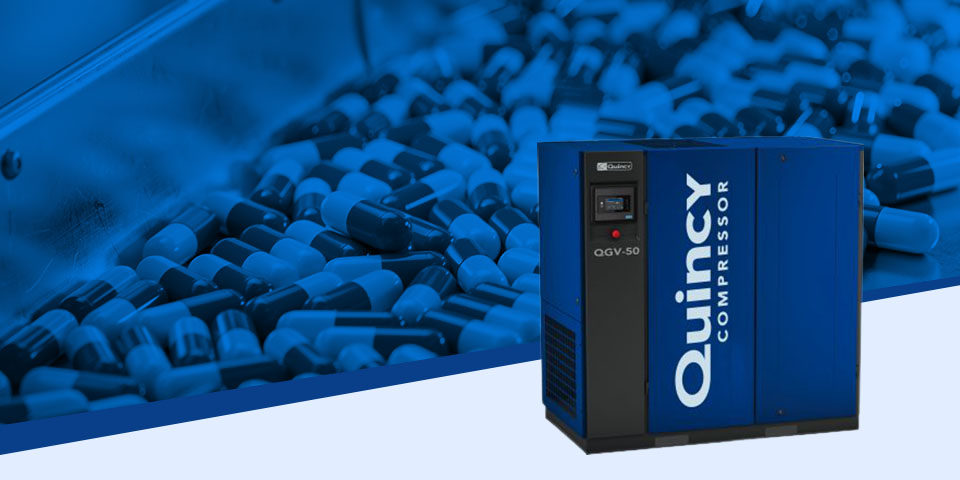Contents
Absorption
Absorption is a chemical process used to remove moisture from compressed air. The method relies on a desiccant with a high affinity for water. It attracts water vapor from the air. Then, the absorption material chemically reacts with the water.
When this absorption material is used in compressed air systems, it chemically changes and becomes liquid. The absorption process removes water from the air, preventing it from moving through the air compressor to downstream equipment.
Absorption is vital for air compressors because it can reduce maintenance and downtime. Moisture-free air can also reduce wear and tear to maintain consistent performance and energy efficiency.
FAQs
The difference between adsorption vs. absorption is what happens to the desiccant. In absorption, the substance used to attract water chemically changes form. In adsorption, liquids or other molecules adhere to the surface of a substance, but that substance doesn’t change form.
Air compressors may use absorption or adsorption, depending on the application. Adsorption or desiccant dryers can be regenerated to regain drying capacity, while the substances used for absorption are consumed and require frequent replacement. Facilities more often employ adsorption dryers because of their regeneration capabilities.
Air compressor systems with absorption dryers use substances like sodium chloride, sulfuric acid, triethyl glycol, lithium chloride and calcium chloride, which are prone to absorb water and form solutions or hydrates. When air enters the dryer, typically near the bottom, mechanical separation causes larger water droplets and solids to fall to the bottom of the tank.
Then, the air passes through a bed containing the absorption chemicals, usually in the form of tablets or beads. These substances absorb moisture from the air and dissolve in a process called deliquescence.
This process causes the water vapor in the air to condense, creating a liquid solution called a brine. Then, the water and chemical mixture falls to the bottom of the dryer, where it drains. This process takes water out of the air, creating air with a lower relative humidity. This dry air exits through the top of the dryer and passes into the compressed air system.
Absorption or deliquescent dryers have fewer uses than other dryer types. They often serve remote locations or applications that don’t require an extremely low dew point. These systems require no electricity to operate, so engine-driven portable air compressors can operate them in areas lacking an external power source. A few applications may include sandblasting or mobile painting contracting.
The absence of moving parts or electrical components may make them safer in environments with flammable or explosive gases, like petrochemical operations and landfill sites. They also serve demanding environments like asphalt plants and feed mills. Absorption dryers come with a lower initial cost compared to other dryer types due to their relatively simple design. This design also makes them lower-maintenance in some cases. The ongoing expense of replacing salt tablets somewhat offsets the lower initial cost.
While select applications benefit from absorption, adsorption dryers provide many advantages, such as an ultra-low dew point. Adsorption dryers also remove the risk of corrosive material from the deliquescent tablets flowing into the air system.
Additional Resources
At Quincy, our goal is to support you and true support means connecting you to resources that best fit your needs.


